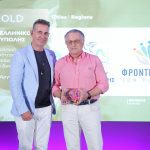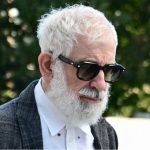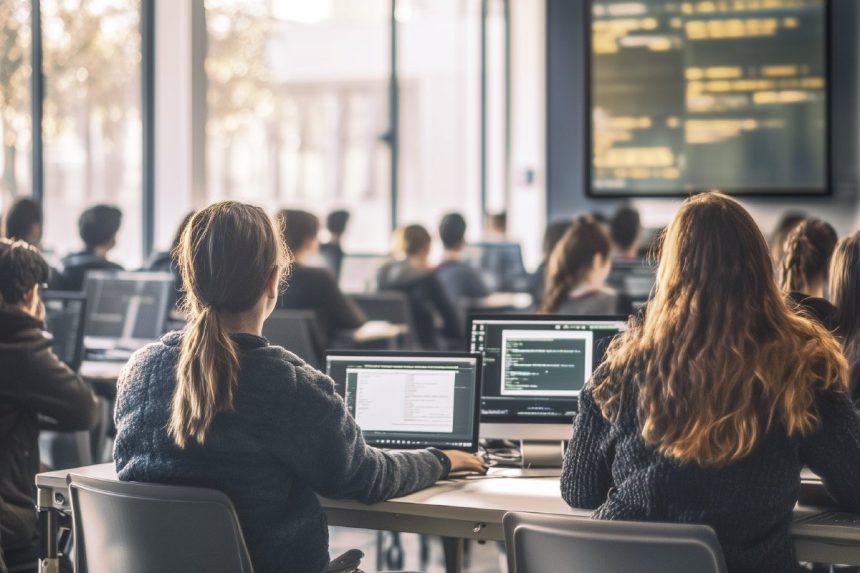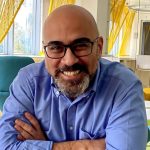What are Onassis Public Schools?
These are 22 existing public middle and high schools in socially vulnerable areas, which are being transformed into schools of increased standards and pedagogical care. The aim is to upgrade public education for children who come from multicultural, economic or social challenging environments.
Inclusion in practice
- Local student quotas : At least 40-60% of students will come from the school’s neighborhood. Diversity will not just be an accepted fact – it will be a priority .
- Rich curriculum : From Humanities and Sciences, to Digital Literacy, Arts, and Emotional Intelligence. The school will not only produce “knowledge”, but well-rounded people .
- Free and accessible to all : Free tuition and coverage of all operating expenses by state and private institutions (mainly the Onassis Foundation) ensure that no child is left behind due to cost.
Educators with a vision
Teachers of DIMOS will be selected based on criteria of quality and pedagogical competence, inspired to work in environments that require knowledge, empathy and dedication . Their selection will be based on procedures corresponding to those of the Model Schools.
Infrastructure & technology
With an investment of 160 million euros from the Onassis Foundation over 12 years, schools will acquire modern infrastructure, equipment and innovative educational tools. Diversity will have a place, time and method .
A new public education: inclusive, without elitism
Despite the reactions of some bodies regarding the admission process (exams in the first year of middle school and first year of high school), the main issue is whether the state can offer a quality public school, without class filters, that respects and strengthens diversity .
The challenge is great – but so is the opportunity historic: to transform public education from a “space of equal means” to a space of equal opportunities .











